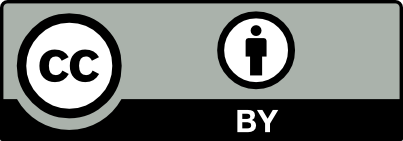Checking for non-preferred file/folder path names (may take a long time depending on the number of files/folders) ...
This resource contains some files/folders that have non-preferred characters in their name. Show non-conforming files/folders.
This resource contains content types with files that need to be updated to match with metadata changes. Show content type files that need updating.
| Authors: |
|
|
|---|---|---|
| Owners: |
|
This resource does not have an owner who is an active HydroShare user. Contact CUAHSI (help@cuahsi.org) for information on this resource. |
| Type: | Resource | |
| Storage: | The size of this resource is 10.0 GB | |
| Created: | May 17, 2022 at 2:49 a.m. (UTC) | |
| Last updated: | May 17, 2022 at 5:03 a.m. (UTC) | |
| Citation: | See how to cite this resource | |
| Content types: | Single File Content Geographic Feature Content Geographic Raster Content |
| Sharing Status: | Public |
|---|---|
| Views: | 2131 |
| Downloads: | 96 |
| +1 Votes: | Be the first one to this. |
| Comments: | No comments (yet) |
Abstract
Stream channel incision and deposition are common after wildfire, and these geomorphic changes may impact runoff mechanisms and the composition of pre-event and event water in runoff. To investigate this, we monitored discharge and electrical conductivity at 6 nested sites within a 15.5 km2 watershed in the northern Colorado Front Range that had recently burned, experienced large flooding, and well-documented and significant channel erosion and deposition. Over the study period, the watershed experienced seven precipitation events. For each hydrograph, we separate baseflow from runoff using a new method to characterize and account for the strong diurnal signal in the baseflow. Electrical conductivity is used as a tracer in a two-component end-member mixing analysis to separate the event hydrographs into event and pre-event water. Correlation coefficients were computed between key variables of the hydrologic response (such as runoff ratio, volumes of event and pre-event water) to storm and basin characteristics (including stream channel erosion/deposition, fraction of high/moderate burn severity, precipitation intensity, and antecedent precipitation). The strength and significance of correlations was found to vary seasonally. In the early season, event and pre-event volumes did not vary significantly with basin or storm characteristics. In the late season, antecedent precipitation correlated with a decrease in event runoff (R2 = 0.34) and total runoff (R2 = 0.40), increased precipitation intensity correlated with an increase in event runoff (R2 = 0.48), and local erosion correlated with an increase in pre-event runoff (R2 = 0.60) and total runoff (R2 = 0.53). These findings indicate that seasonality and post-fire stream channel erosion influence the makeup of runoff response, most likely through their impact on the gradient of the near-stream groundwater table.
Subject Keywords
Coverage
Spatial
Temporal
| Start Date: | |
|---|---|
| End Date: |
Content
Data Services
How to Cite
This resource is shared under the Creative Commons Attribution CC BY.
http://creativecommons.org/licenses/by/4.0/

Comments
There are currently no comments
New Comment